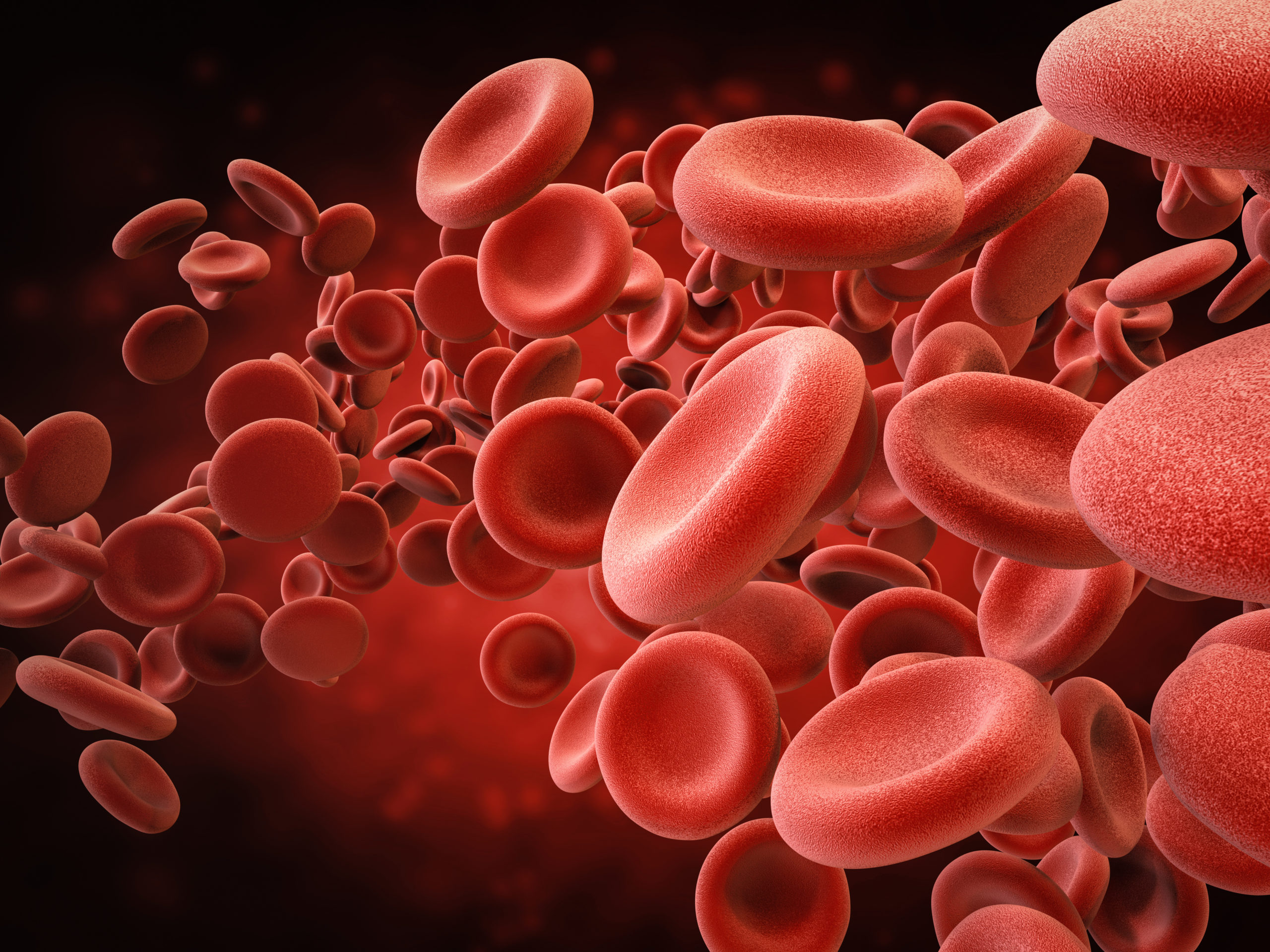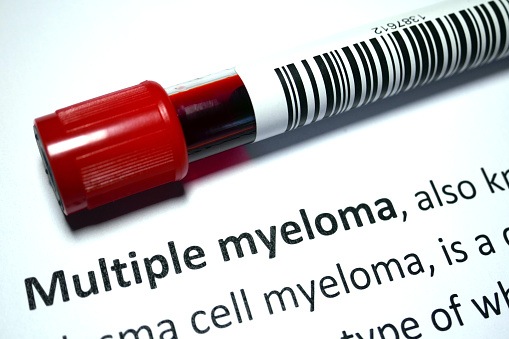
According to a study, published in the Journal of Vascular Surgery, eliminating thrombus in patients with iliofemoral deep vein thrombosis (DVT) is an attractive goal, but the benefits of dedicated treatments have not been clearly shown. A. J. Comerota and colleagues examined whether catheter-directed thrombolysis led to improved health-related quality of life (HRQOL) compared to standard anticoagulation, and found that patients with DVT treated with catheter-directed thrombolysis have “better functioning and well-being, compared with patients treated with anticoagulation alone.”
The researchers also evaluated whether HRQOL outcome in the thrombolysis group was linked to successful lysis, and reported that improved HRQOL was directly correlated with higher lytic success (p = 0.038). They added that patients with failed lysis had outcomes similar to treated with heparin.
The study’s collaborators first developed an 80-item self-administered HRQOL questionnaire, which was confirmed to be reliable and valid via psychometric testing. The questionnaire covered the Health Utilities Index, Short Form-12, and disease-targeted scales, such as health distress, stigma, health interference, physical functioning, and symptoms.
A total of 98 patients with iliofemoral DVT who had been treated at least six months prior were enrolled. Sixty-eight patients were treated with catheter-directed thrombolysis with urokinase (UK), and 30 patients were treating with anticoagulants alone. Patients had a mean interval of 16 months since their initial DVT. Post-treatment, patients treated with UK reported better overall physical functioning (p = 0.046), less stigma (p = 0.033), less health distress (p = 0.022), and fewer post-thrombotic symptoms (p = 0.006), versus anticoagulation alone.
The author’s findings via their questionnaire supported the potential benefits of dedicated catheter-directed thrombolysis to prevent DVT, though they acknowledged that more study is needed, which they advised “should include an HRQOL measure as part of the outcome analysis.”







 © 2025 Mashup Media, LLC, a Formedics Property. All Rights Reserved.
© 2025 Mashup Media, LLC, a Formedics Property. All Rights Reserved.